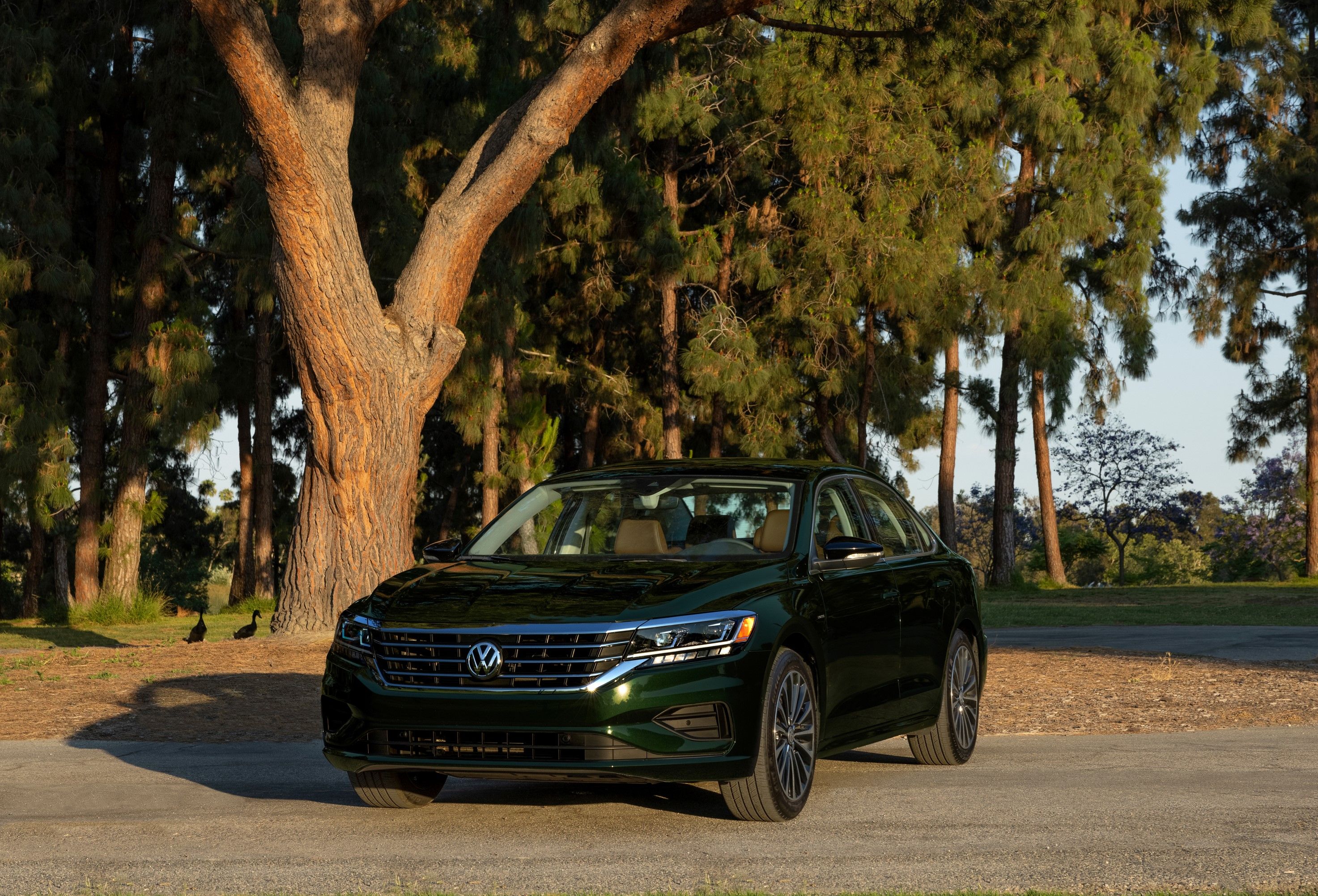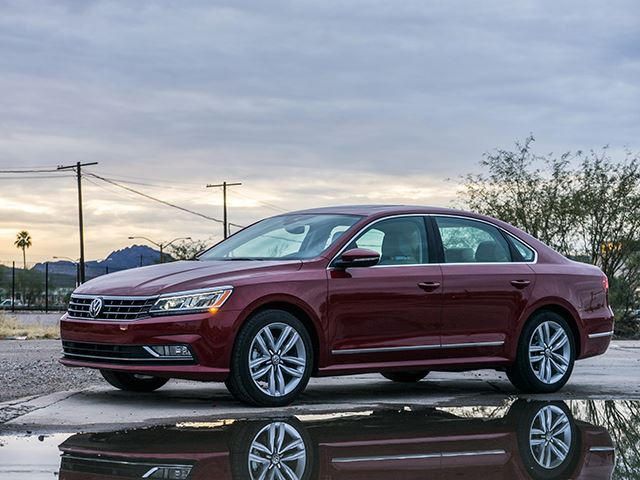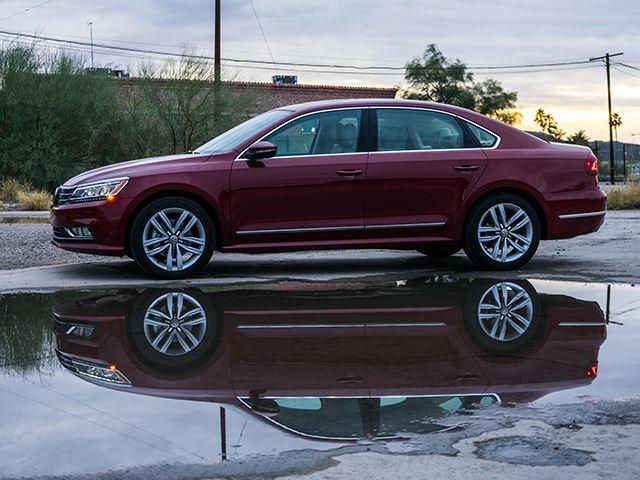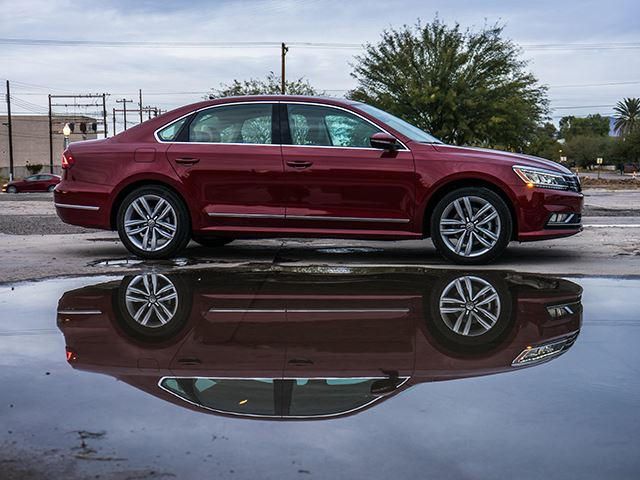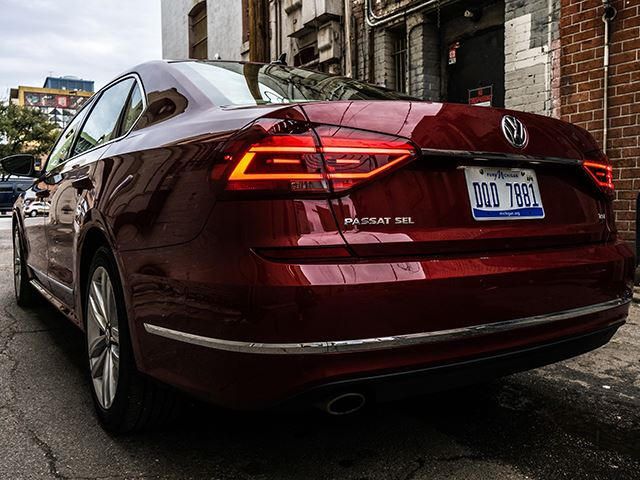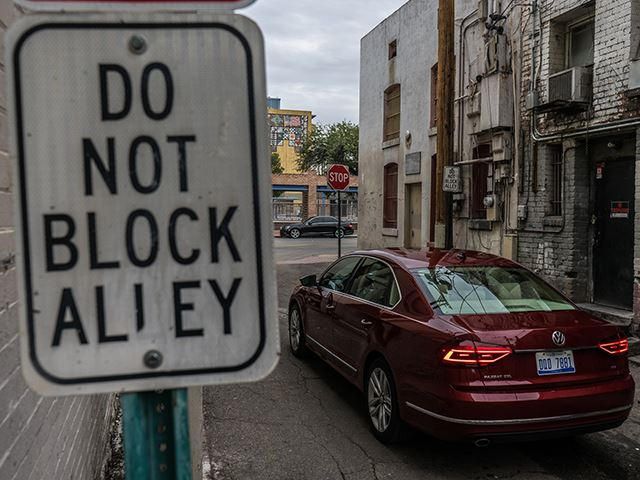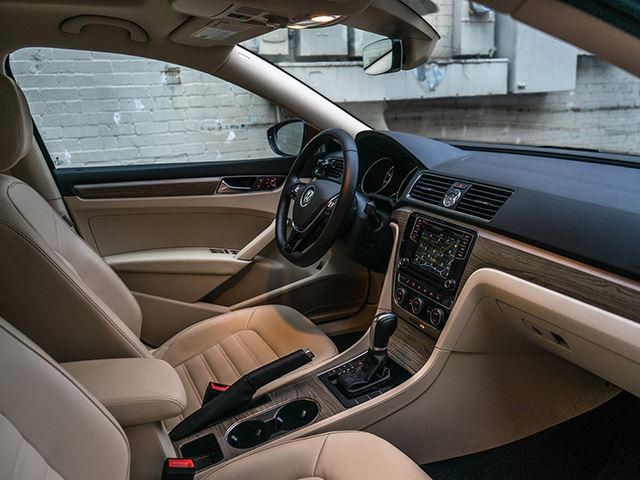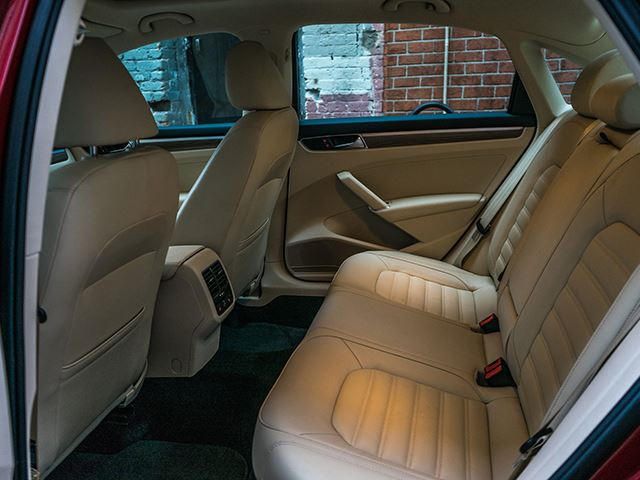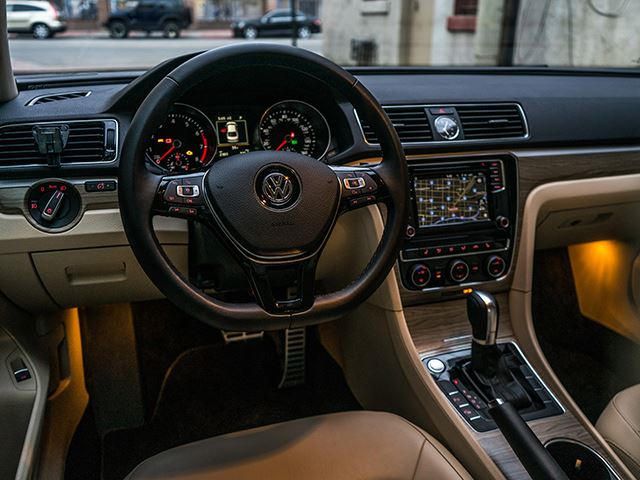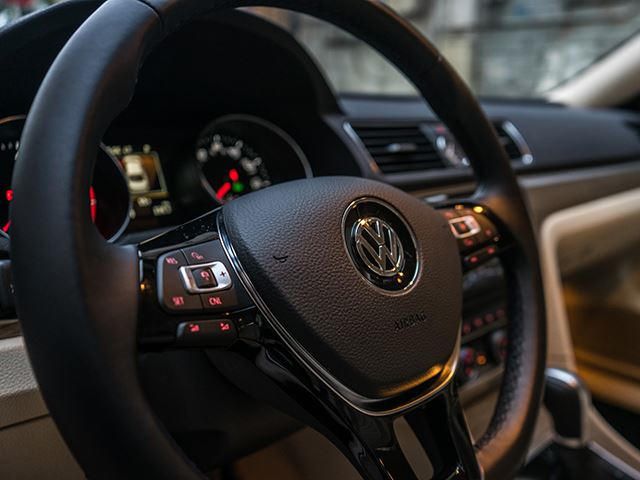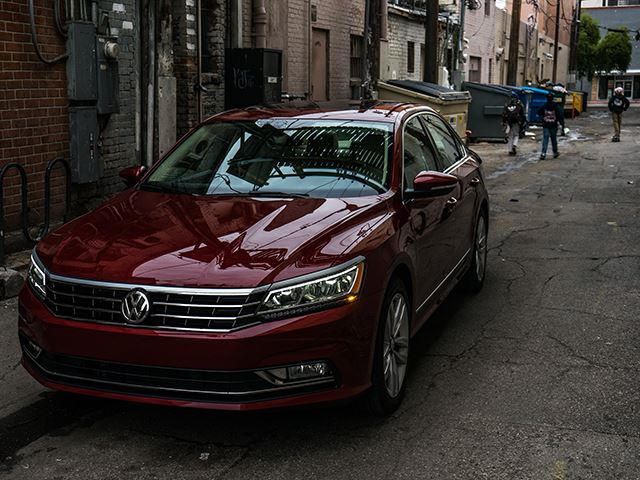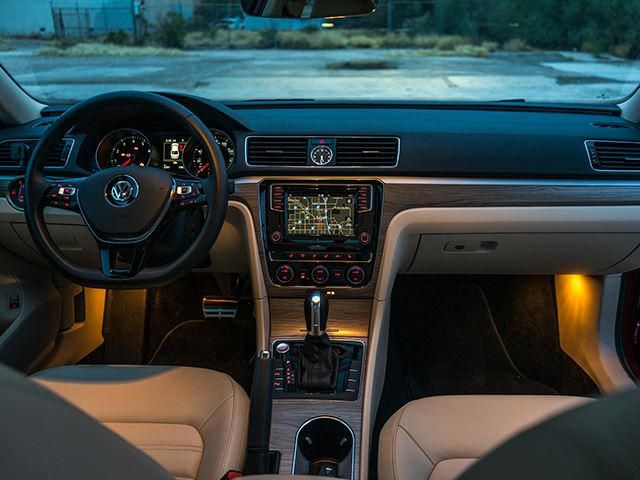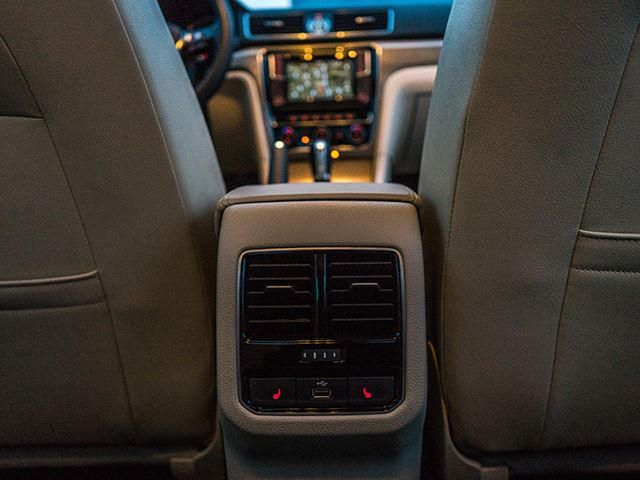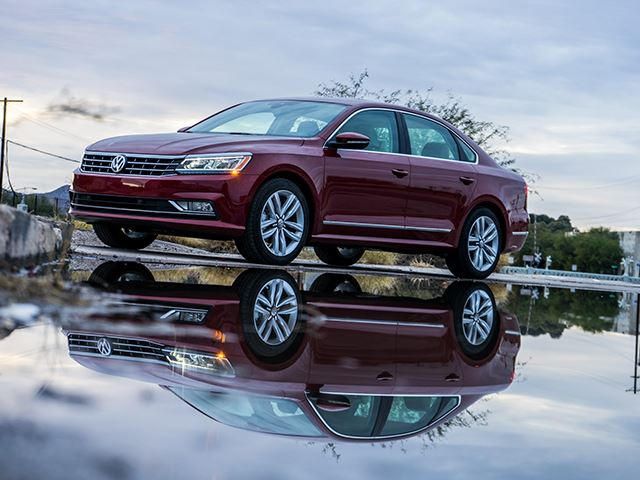2016 Volkswagen Passat Review: Why Germany Will Never Imitate Japanese Cars
Despite the fact that SUVs surpassed passenger cars as the largest automotive sales segment in the US last year, the sector's lead was only carved out by a tenth of a percent, meaning sedans are still an important area for automakers to invest in. It also happens to be a segment dominated by the Japanese. Decades of positive reliability ratings, practical value picks, and downright good cars helped Honda, Toyota, and Nissan secure the top three spots in the mid-size sedan segment.
Volkswagen, by comparison, has been struggling, selling only 73,002 Passat sedans in 2016 compared to the 307,380 Altimas that Nissan put in customer driveways and the 388,618 Camrys Toyota sold during the same year. Not that these numbers are abnormal since VW seems content with the niche that Passat has carved out for itself as the "German Honda Accord." It was only fitting, then, that I borrowed one from Volkswagen for a week-long trip back to Arizona to see family. In my home state, I learned how to drive behind the wheel of a 1995 Honda Accord and, as the resident car guy in the family, led my parents to a 2010 Accord after my brother ended our old sedan's life by ramming its nose into a GMC Envoy after 175,000 miles.
An early morning trip to Phoenix to retrieve the Fortana Red Passat meant I got to spend my first hundred miles with it on the freeway. While the sharp lines of the exterior do well to keep up with the modern aesthetics that Honda and Toyota have been playing with, the area that shines most brightly is the interior. Leather tinted in a shade of Cloaked in Cornsilk Beige with aluminum and wood accents around the cabin made the interior feel much warmer and welcoming than I had become accustomed to during my first flirtation with entry-level Germany in a Jetta. Cleverly laid out controls, buttons that pressed with a quality reaffirming solidity, and an intuitive and responsive infotainment system reached in and spoke to the perfectionist within me.
The moment when I concluded that VW engineers had thought about drivers' every possible whim, was upon discovering the infotainment system divulges information on everything from gas prices at surrounding pumps to movie times at nearby theaters. It's almost enough to make you forgive the fact that Volkswagen took away the diesel option (for obvious reasons), leaving a 1.8-liter turbo four-cylinder churning out 170 horsepower and 184 lb-ft of torque or a 3.6-liter V6 packing 280 ponies and 258 lb-ft of torque as the two powerplants of choice. Equipped with the former of the two engines and mated to a six-speed automatic, Passat and I whooshed down Interstate 10 towards Tucson with nothing but the whistle of a turbocharger in tow.
While the Fender audio system had an inability to turn the spacious 102 cubic feet of open interior room into a concert hall (although it wasn't a reverberating atrocity either), the Passat's suite of driver aids, which include adaptive cruise control, lane departure warning, and blind spot monitoring with rear traffic alert made the drive home anything but a chore. Like the Lincoln MKZ I drove a week prior to the Passat, the Volkswagen even featured a self-parking function to turn parallel or perpendicular parking into a captivating party trick. Not that my passengers had any trouble feeling impressed, especially when I pointed out the rear heated bench seat that complemented the bun toasting front seats.
This made it so that the incredibly rare New Year's day Arizona snow storm was a marvel to witness rather than a cold and uncomfortable experience. Heated seats all around weren't the only clue that this passenger sedan was built by and for countries with savage winters because, as with every other Volkswagen, the Passat preserved the feel of a German car without the asking price of one. While most Americans feel the need to reach into BMW, Audi, and Mercedes price brackets for the feel of a tightly wound car that exhibits no squeaks, rattles, or loose cobbled together trim pieces, Volkswagen proudly stamps its "Designed in Germany, assembled in Chattanooga, Tennessee" seal on it.
Even though the Passat could avoid a hypothetical "big border tax" imposed by the Trump administration, the Americanized Volkswagen doesn't lose too much of its German roots. Doors still shut with a satisfying and thick "thud" rather than a tin-like "clink." While sprung on the soft side, heavily skewing the sedan towards comfort rather than driver bliss, the Passat feels as though it stows much of its 3,350 pound weight near the bottom for a lower center of gravity. The characteristically telepathic nature of a Volkswagen ride, which I've found in the Jetta, Golf Alltrack, and Beetle Dune, was still present but to a lesser extent thanks to a larger footprint.
This lent curiosity as to how the German automaker would preserve its signature driving feel on cars as large as the Atlas. While driving fast down Arizona's State Route 83, a notorious 53 mile-long speed trap, towards Patagonia, Arizona in attempts to make a family New Year's getaway on time, I was dismayed to learn that Waze is not compatible with Apple Car Play which a fault of the tech giant and not Volkswagen. Still, the slackened suspension meant that even in Sport mode, the Passat heavily discourages any sort of tire-biting cornering. That happens to be an activity where the harsher Honda Accord surprises, given its engaged steering and a raw cornering feel unencumbered by a soft ride.
At worst, it serves as a passenger-carrier for the non-enthusiast, trading driving fun for practicality and more than enough ability for every mid-sized sedan owner's needs. At best, it's driving style saved me from a ticket on the 83 and contributed to a highly impressive 29.8 mpg that I averaged with a blend of city and highway driving, making its advertised 27 mpg average (23 city, 34 highway) seem believable. Coming in at $31,815 in SEL Premium guise, which adds a sunroof, premium audio, navigation, keyless entry, heated seats, premium headlamps, Volkswagen's Car Net, and App Connect over its $23,260 entry-level cousin, this Passat is a loaded mid-size German car that comes a bit too close to an entry-level BMW 3 Series' base price for comfort.
However, it is as solid a contender as ever in a highly competitive segment. This is the rubbery car for the obsessive compulsive who takes pride in the minute details but is working with a family budget, not the reliable soul-saving driver's car for the commuter with kids. While shooting with our trusty Arizona photographer, the last shred of confirmation of the Passat's lack of enthusiast credibility (conversely adding to its soccer mom with an aversion to crossovers persona) came from three teenage kids on skateboards, who were quick to tell the cameraman "nice camera, dude!" A few steps further, not wanting to hurt my feelings, one of them turned again and said, "oh yeah, nice car too." Photos by Anthony Ruggiero.

